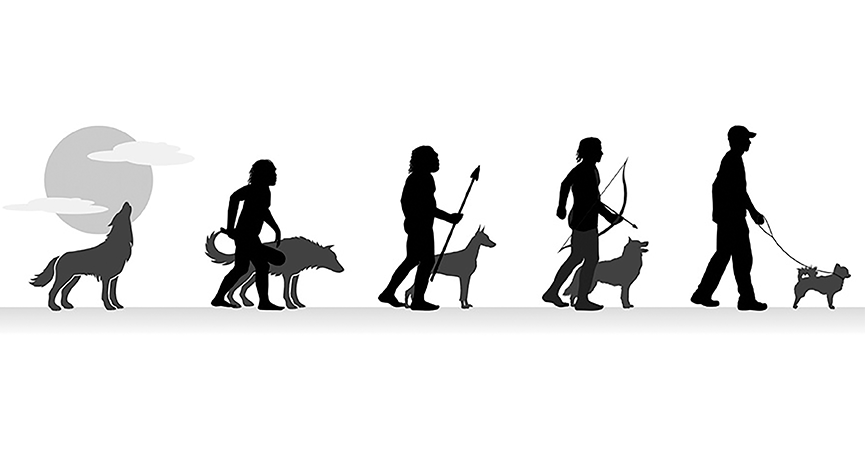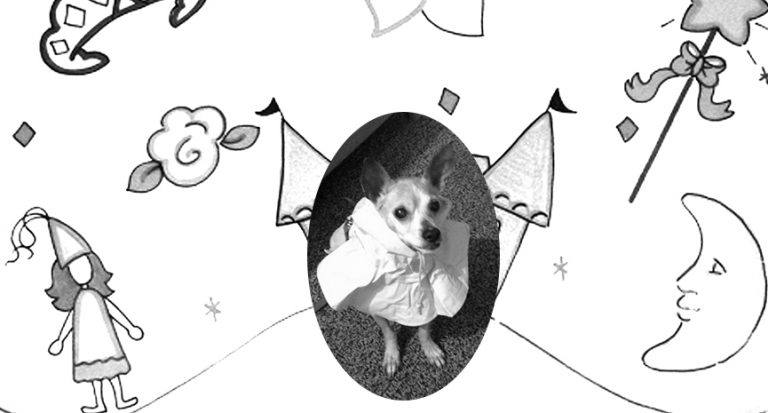The year 2011 marked the 250th world anniversary of formal veterinary medicine education. The first known people to dabble in the field of veterinary medicine began around 9000 BC. This was initiated in Middle East countries i.e. Saudi Arabia, Egypt, Iran, Turkey, and Iraq.
Sheepherders had a crude understanding of medical skills. This was used to treat their dogs and other animals. From 4000 to 3000 BC, Egyptians with their medical skills made further advancements. Historical records and Egyptian hieroglyphs record how they used herbs to treat and promote good health in domesticated animals.
Vedic literature, which was written around 1500 BC, refers to four sacred texts from India written in the Sanskrit language that forms the basis of the Hindu religion. The Kahun Papyrus from Egypt dates back to 1900 BC. Both texts are likely the first written accounts of veterinary medicine. One of the sacred texts documents India’s first Buddhist king, Asoka, who ensured there were two kinds of medicine: one for humans and one for animals. If he discovered there was no medicine available for one or the other, he ordered healing herbs to be bought and planted where they were needed.
Archaeologists found fragments of a papyrus that was a medical textbook from somewhere around 1850 BC, indicating that Egyptians were familiar with the anatomy of animals, could recognize early warning signs of certain diseases in dogs, birds, fish and cattle, and used specific treatments to deal with them. The Romans, Greeks, Babylonians, Hindus, Arabs, and Hebrews also practiced animal medicine.
In more modern times the first veterinary school was founded in Lyon, France in 1761 by Claude Bourgelat, and that’s when the profession of veterinary medicine officially began. The school focused on studying the anatomy and diseases of sheep, horses, and cattle in an effort to combat cattle deaths from a plague in France. Cattle plagues were common throughout history but attempt to learn how to fight microorganisms had to wait until the invention of the microscope sometime in the 1590s. The first vaccinations for cattle were developed in 1712 and used to eradicate a plague in Europe. Interest spread throughout Europe as food animals became more important. Veterinarians also started to work on diseases that people were catching from animals. Keep in mind, they weren’t necessarily interested in animals being sick, but that humans were catching diseases from them. Diseases like dropsy, blackleg, and glanders were diagnosed (imagine hearing these from your internist), with prescribed treatments of arsenic, strychnine, and turpentine (imagine getting these from your internist).
Over the next ten years, veterinary schools were established in Germany, Sweden, and Denmark. In 1791, the London Veterinary College was established and developed veterinary science at a professional level dedicated to animal medicine. The wellbeing and health of horses was their initial focus for years, because of the use of horses in the Army. Eventually, they turned their attention to cattle and other livestock, and finally added dogs and other animals.
People who wanted to get involved in this new specialty felt that they could actually learn something about human physiology from studying the physiology of and the sickness of animals. And they realized it was a lot easier to examine animals than dissect people and it just so happened there are a lot less legal repercussions.
Veterinary Medicine In Modern-Days
Today veterinary medicine plays an essential role in the health and welfare of our pets, as well as livestock and wildlife. Vets are well-versed in the science of animal health, and they promote public health by identifying and combating infectious zoonotic diseases that can be passed from animals to humans. Advances in medical science have provided veterinary professionals with sophisticated equipment, tests, procedures, and medicines to treat our pets America’s first veterinary surgeon was John Haslam, a graduate of the Veterinary College of London (established 1791) who came to New York in 1803. The first veterinary school established in the United States was the Veterinary College of Philadelphia in 1852, which operated until 1866. In 1883, the School of Veterinary Medicine at the University of Pennsylvania was established and is the oldest accredited veterinary school still in operation.
As in Britain, few considered veterinary medicine a fit pursuit for educated persons, and by 1850 only a dozen or so graduate veterinarians practiced in America.
In England in the 1850s, veterinarians starting specializing to some extent in the care of dogs and cats. In this mid-Victorian era, and The Industrial Revolution people started to care for pets (although the animals were not considered members of the family, as they are today). But even though in the 1940s, vets were still very much food animal and farm animal/horse doctors.
By the 1950s, pet medicine started to grow, albeit slowly, but since has really taken off in the past 20 years. Now, we take care of our pets the same as, and in some cases, better than we take care of ourselves!





